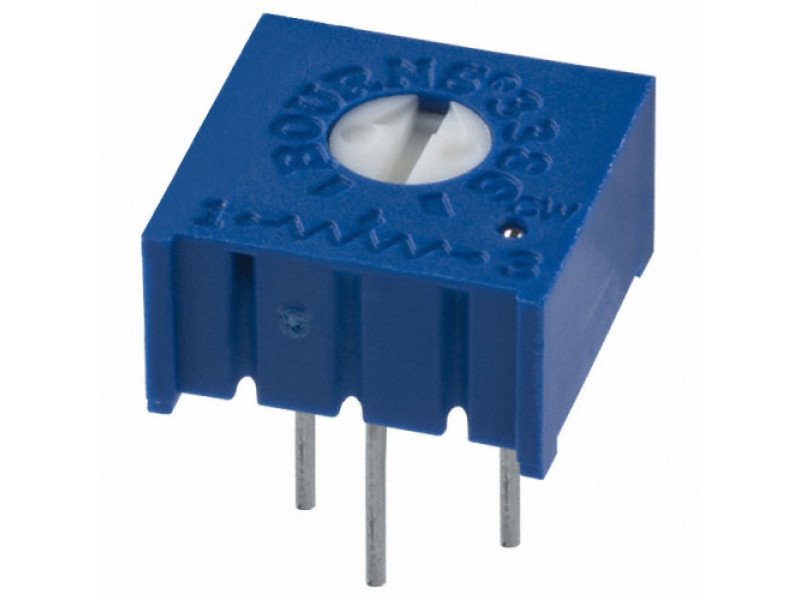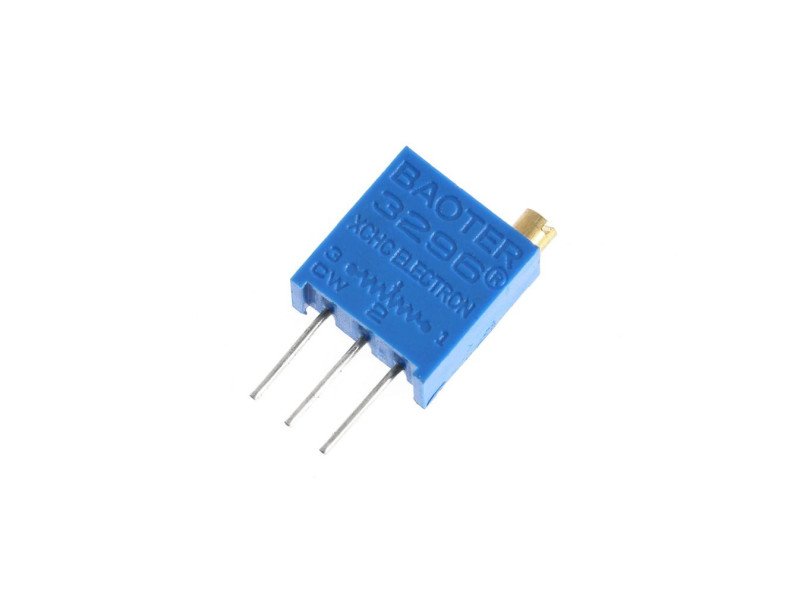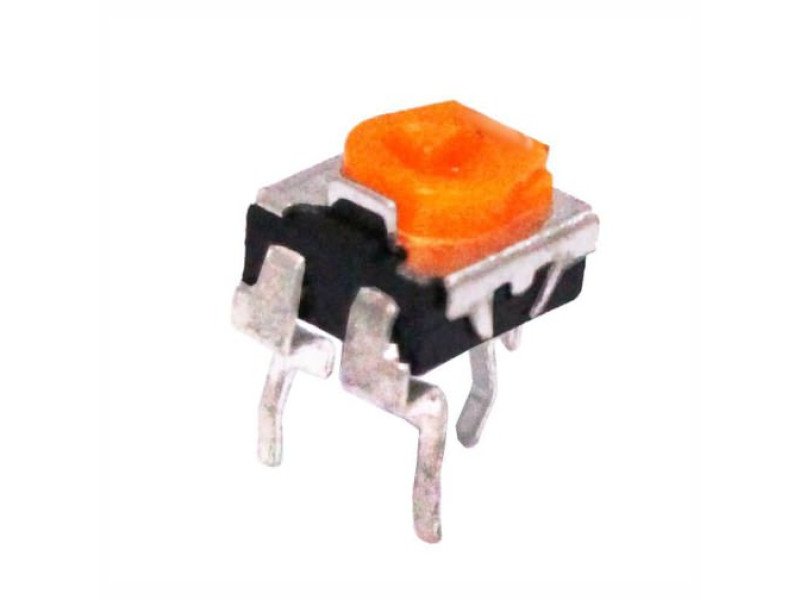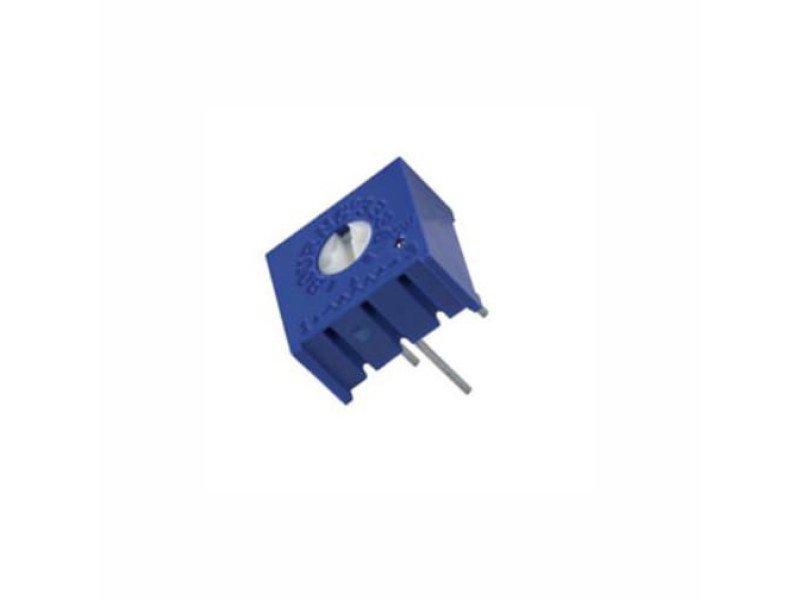10 kilo ohm Potentiometer Bourns 3386 (Pack of 5)
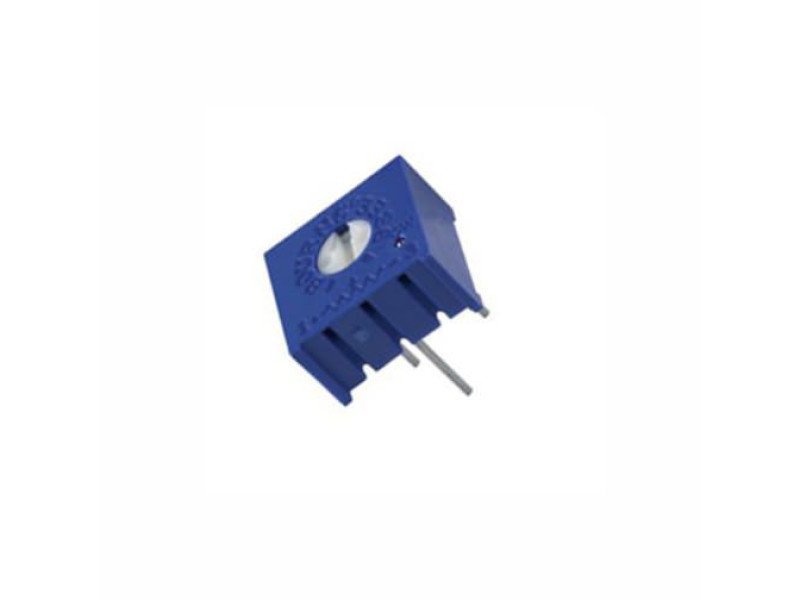
10 kilo ohm Potentiometer Bourns 3386 (Pack of 5)
- Stock: In Stock
- Brand: Generic
- SKU: RM000780
Product Highlights
- Unique multi-finger wiper design ensures excellent noise and stability characteristics
- Top adjust style
- Through-hole mount
- Bourns 3386P series
Potentiometer bourne for commercial applications typically have a resistive element made of carbon or cermet (a combination of ceramic and metal), or of resistance wire wound on an insulated
copper mandrel. The main advantages of wirewound potentiometer bourne are their low
temperature coefficient, higher power dissipation, lower noise, tighter resistance tolerance, and, when used as a variable resistor, the excellent current-carrying capacity through the wiper due
to the lower contact resistance. Also, their long-term resistance stability with time and temperature is slightly better than cermet. Cermet potentiometer bourne provide a wider resistance range (10 ohms to 5 megohms), versus a maximum of 50K ohms for wirewound). Also, the wiper output can be set closer to the desired value since the resistive element presents a continuous contact surface for the wiper, as opposed to the discrete turns (resolution) of the wirewound. Other advantages with cermet are the lower reactance in high-frequency applications, the smaller sizes available, and the generally lower price than wirewound types. Application:-
Audio control
Low-power potentiometers, both linear and rotary, are used to control audio equipment, changing loudness, frequency attenuation and other characteristics of audio signals.
The 'log pot' is used as the volume control in audio power amplifiers, where it is also called an "audio taper pot", because the amplitude response of the human ear is approximately logarithmic. It ensures that on a volume control marked 0 to 10, for example, a setting of 5 sounds subjectively half as loud as a setting of 10. There is also an anti-log pot or reverse audio taper which is simply the reverse of a logarithmic potentiometer. It is almost always used in a ganged configuration with a logarithmic potentiometer, for instance, in an audio balance control.
Potentiometers used in combination with filter networks act as tone controls or equalizers.
Television
Potentiometers were formerly used to control picture brightness, contrast, and color response. A potentiometer was often used to adjust "vertical hold", which affected the synchronization between the receiver's internal sweep circuit (sometimes a multivibrator) and the received picture signal, along with other things such as audio-video carrier offset, tuning frequency (for push-button sets) and so on.
Motion control
Potentiometers can be used as position feedback devices in order to create "closed loop" control, such as in a servomechanism.
Transducers
Potentiometers are also very widely used as a part of displacement transducers because of the simplicity of construction and because they can give a large output signal.
Computation
In analog computers, high precision potentiometers are used to scale intermediate results by desired constant factors, or to set initial conditions for a calculation. A motor-driven potentiometer may be used as a function generator, using a non-linear resistance card to supply approximations to trigonometric functions. For example, the shaft rotation might represent an angle, and the voltage division ratio can be made proportional to the cosine of the angle.
₹ 41.30 (Inc GST)
₹ 47.20 (Inc GST)
₹ 41.30 (Inc GST)
₹ 23.60 (Inc GST)
₹ 41.30 (Inc GST)
